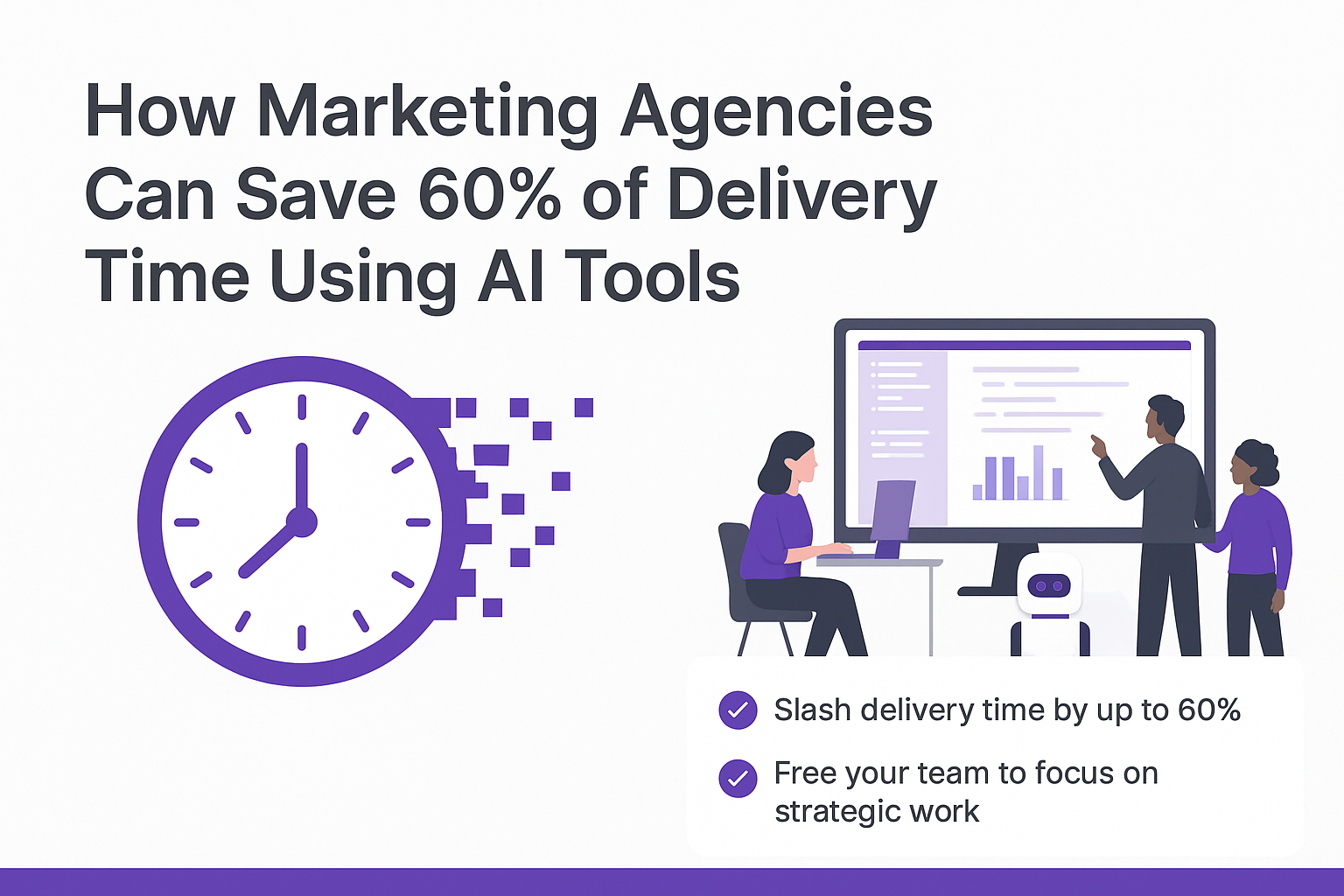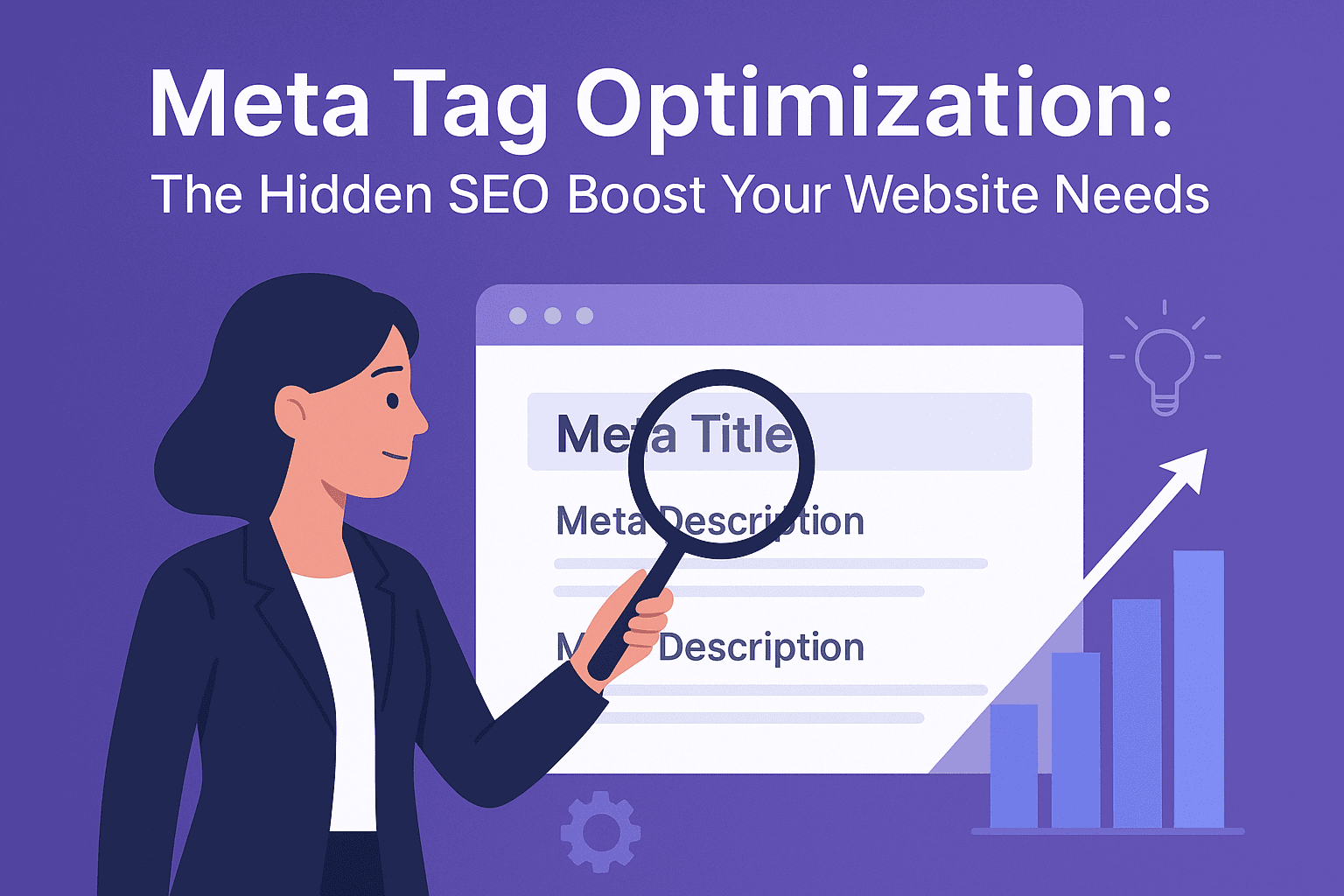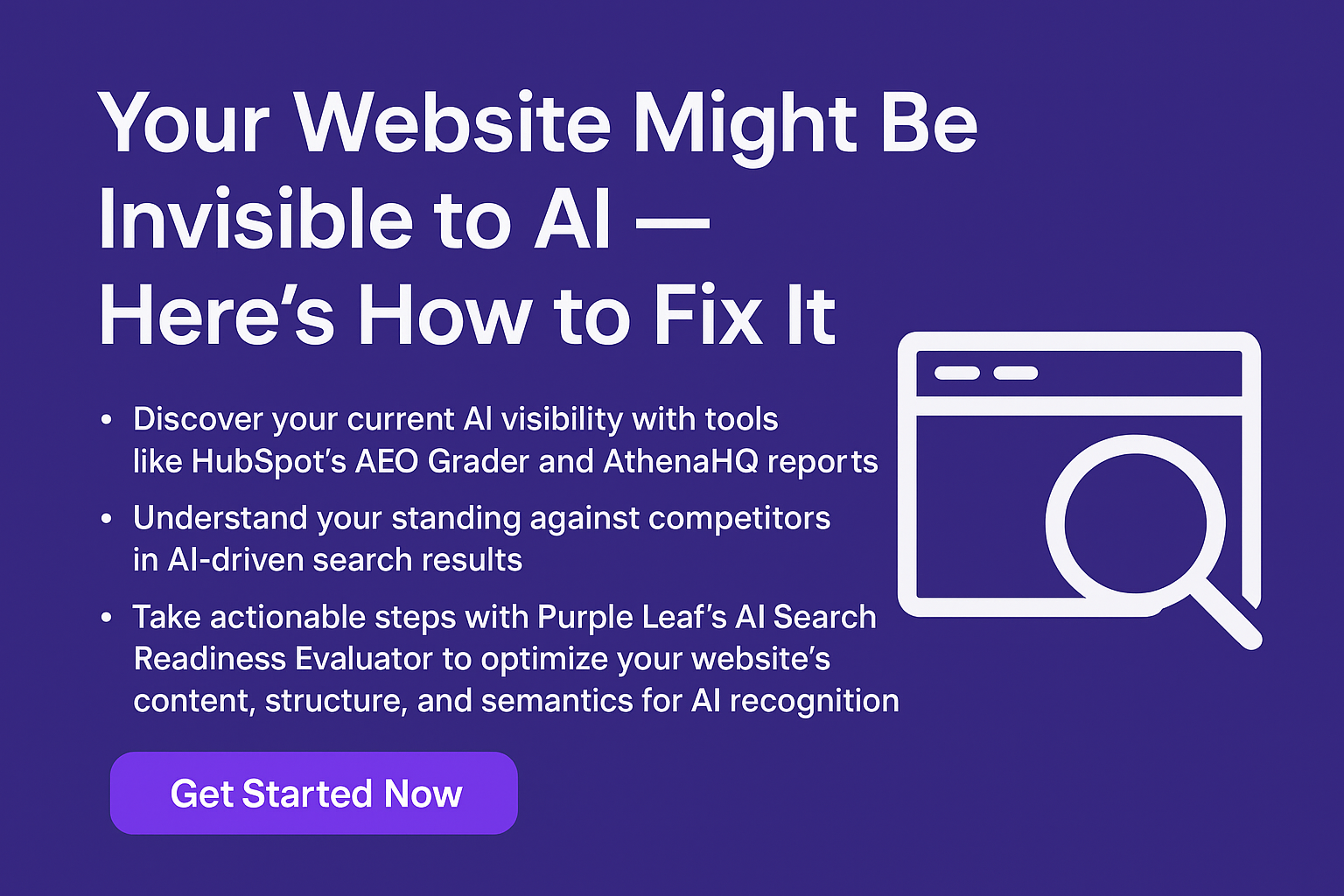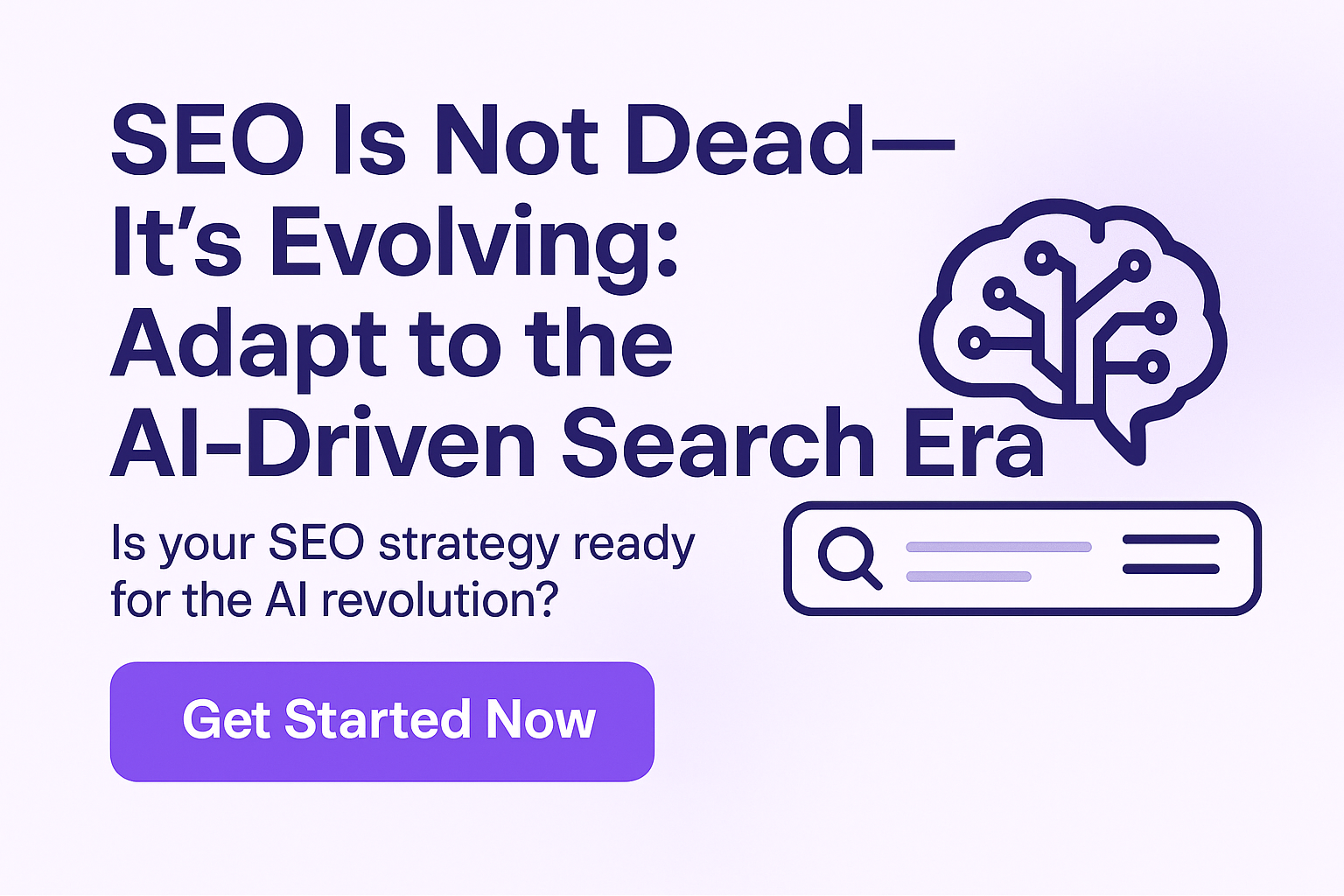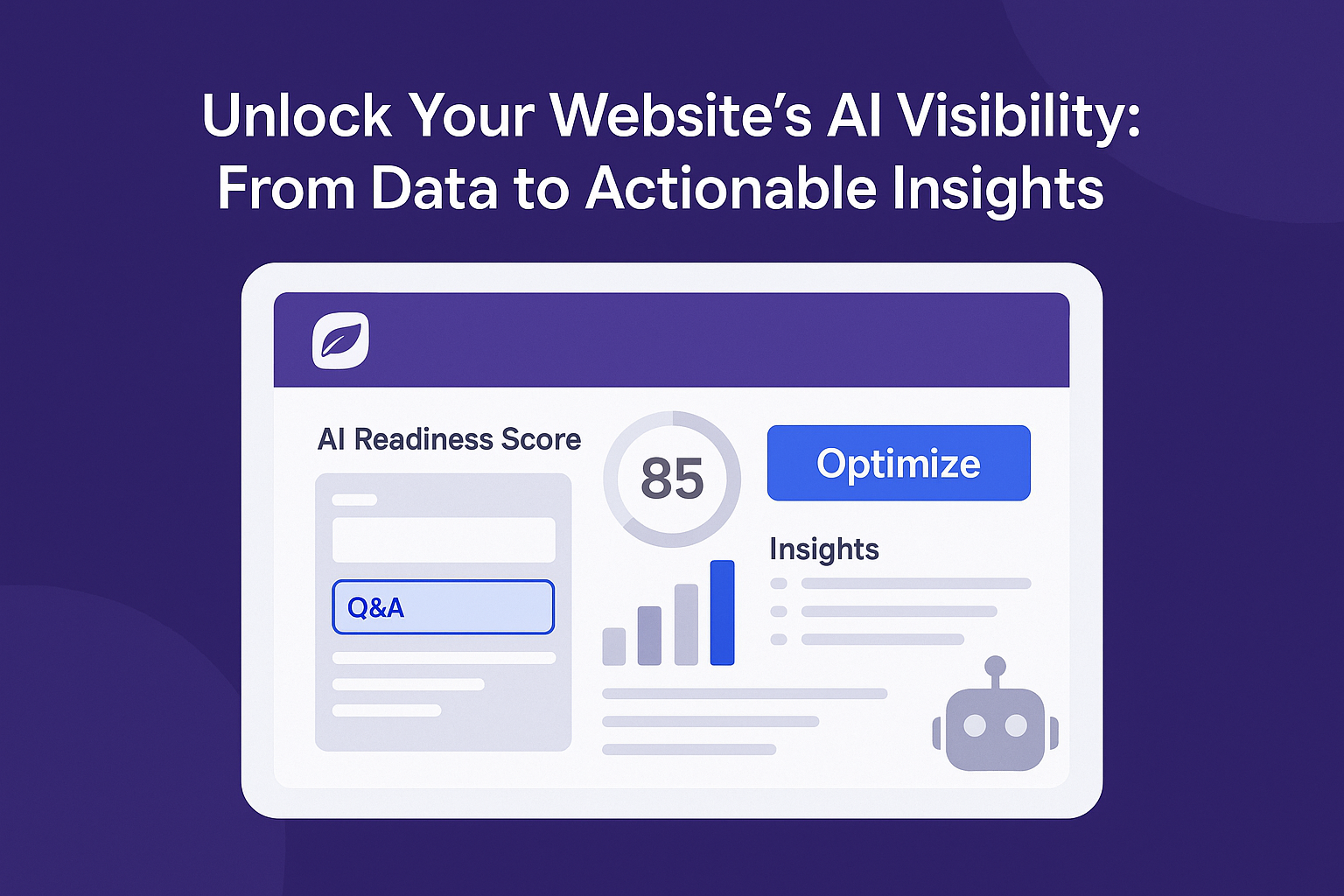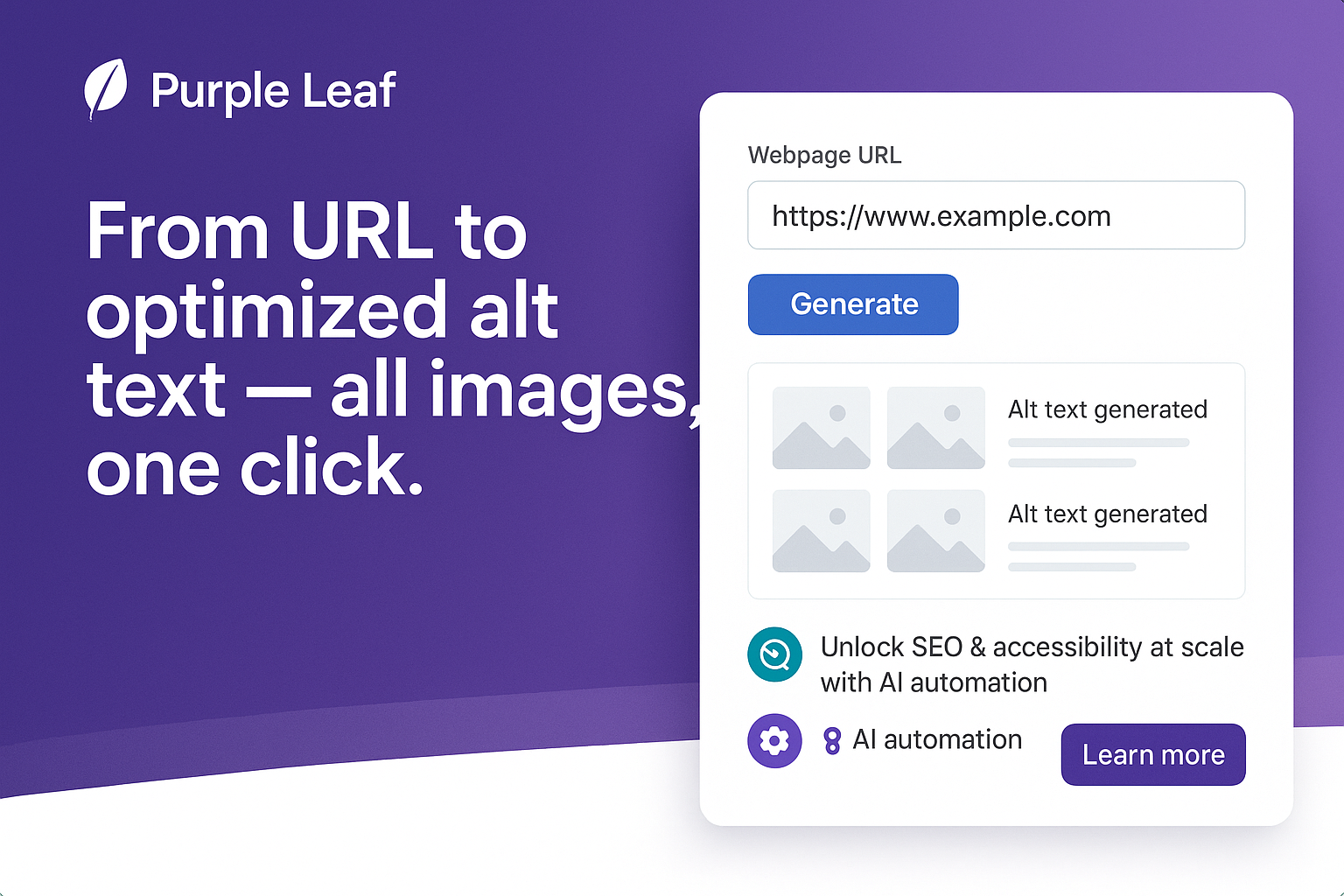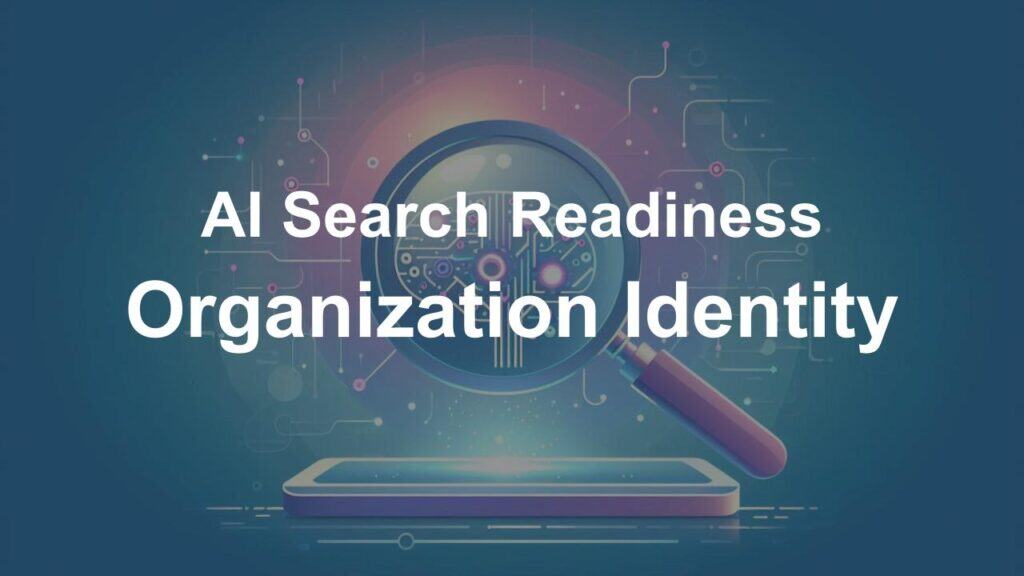
On the internet, content without a clear owner is like a package without a return address. It might get delivered, but no one knows who it truly belongs to. As AI systems and search engines increasingly decide which voices get amplified, organizational identity has become the seal of authenticity. Without it, even valuable insights risk being dismissed as stray, unclaimed content.
In our previous discussion on Author & Citations, we explored how naming real experts improves credibility and ensures individuals receive due recognition. But authorship alone isn’t enough. Beyond individuals, search engines and AI need to clearly identify the organization standing behind the content. When authorship and organizational identity work together, they form a complete trust signal — linking expertise with the authority of a recognized entity.
Why Organization Identity Matters
AI models and search engines don’t just process keywords — they evaluate credibility. When your brand is clearly tied to content, algorithms can confidently recognize your authority. This increases the likelihood that your name, not just your words, appears in AI summaries and search snippets.
On the other hand, missing or inconsistent identity signals make content feel anonymous. Anonymous content rarely earns trust, which means your competitors with stronger signals are more likely to be cited and credited.
Key Signals of Strong Organizational Identity
Building a reliable digital identity isn’t complicated, but it does require consistency. Some of the strongest signals include:
- Consistent brand mentions across blogs, guides, and press releases.
- Clear author or team attribution so expertise is tied to real people.
- Structured data like organization schema, logo markup, and linked social profiles.
- Trust signals such as About pages, contact information, and verified company listings.
Together, these elements form the digital “ID card” that AI and search engines use to evaluate whether your organization is authoritative and trustworthy.
Common Mistakes to Avoid
Even strong organizations fall into traps that weaken their identity online. Some of the most common mistakes are:
- Publishing content without attribution, making it look faceless.
- Using different variations of the brand name across platforms.
- Ignoring metadata, schema, or logo markup.
- Keeping outdated or conflicting company information live on the web.
Each of these issues chips away at the clarity of your organizational identity, leaving AI unsure of whether to credit you.
Best Practices to Strengthen Identity
To build a recognizable, authoritative presence, organizations should:
- Align brand voice consistently across all platforms and channels.
- Use schema markup to formally connect your brand, authors, and content.
- Make authorship visible and credible by highlighting expertise.
- Keep profiles updated on Google Business, LinkedIn, and industry directories.
When identity is reinforced at every digital touchpoint, AI and search engines have no room to doubt your authority.
The AI & Snippet Connection
AI summarizers are designed to highlight trustworthy sources. When your organizational identity is strong, you increase the odds of being cited directly in answers, not just buried in a link list.
In many ways, identity has become a ranking factor in itself. As AI evolves, organizations with strong, consistent signals will stand out as the “go-to” voices in their industries — while those with weak signals may remain invisible, even if their content is good.
Final Takeaway
A strong organizational identity doesn’t just build human trust — it ensures your brand is recognized, cited, and amplified in the age of AI-driven search. The clearer your digital presence, the harder it is for your content to be ignored.
To make sure your organization is prepared, tools like Purple Leaf’s AI Readiness Tool can help you audit and strengthen your identity signals, ensuring your brand gets the visibility and authority it deserves.
